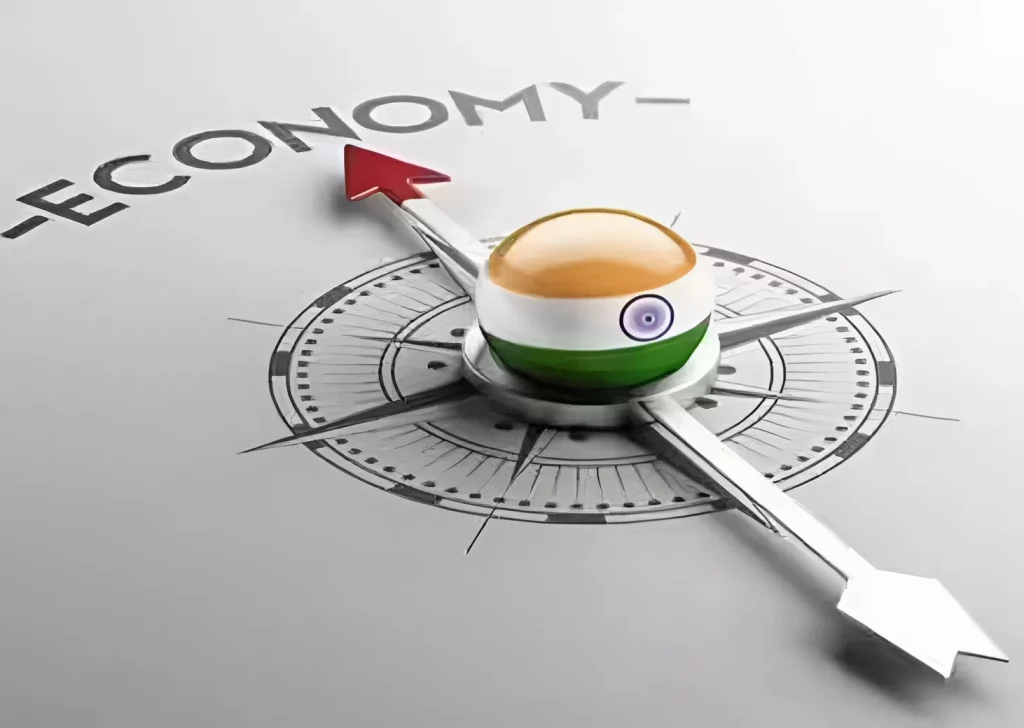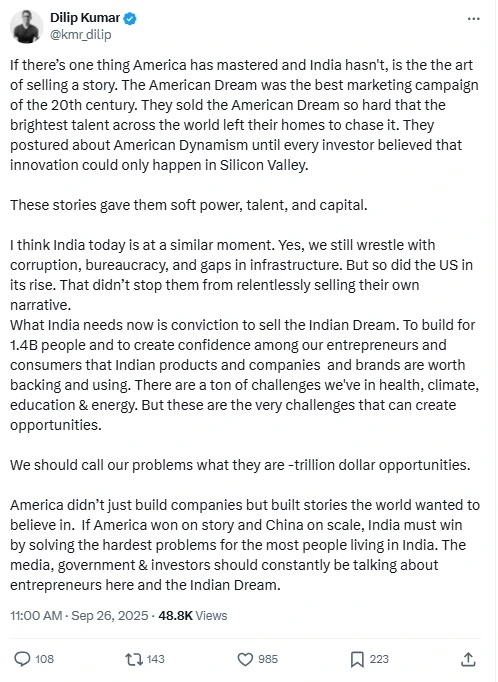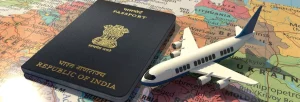(September 30, 2025) “What India needs now is conviction to sell the Indian Dream.” When venture capitalist Dilip Kumar posted this sharp reflection on India’s need to “sell its own story,” he was urging entrepreneurs, investors, and storytellers to craft a narrative as powerful as the one that once transformed the idea of the American Dream into a global magnet for talent and a springboard to superpower status.
24-hours later, External Affairs Minister S. Jaishankar, speaking from the podium of the United Nations General Assembly, gave the idea of a stronger India, the statesman’s weight. In a speech built on the three pillars of Atmanirbharta, Atmaraksha, and Atmavishwas, Jaishankar presented to the world a Bharat ever more assured of its destiny, filling Indians with a renewed, and unmistakably stronger sense of confidence.
Dilip Kumar is no casual observer. A veteran of India’s start-up scene, he has invested through BullTrack, partnered with funds such as Stellaris Venture Partners and Fireside Ventures, and backed health-and-wellness start-ups via Zerodha’s Rainmatter Health initiative. His entrepreneurial lens gives his challenge credibility. However, Jaishankar’s message from UNGA transformed the sentiments of forward-thinking individuals like Kumar into a national declaration: The Indian Dream is ready to be proclaimed.
Jaishankar’s three pillars of Bharat’s approach
External Affairs Minister S. Jaishankar stood at the rostrum of the United Nations General Assembly and, in a speech beamed to every corner of the world, gave those ambitions a statesman’s legitimacy. “Namaskar from the people of Bharat,” he began, before laying out three guiding principles—Atmanirbharta, Atmaraksha, and Atmavishwas that frame India’s confident new role on the global stage.
He emphasized self-reliance in innovation and industry, robust protection of citizens and national interests, and unshakable self-confidence in India’s independent path.Together, Jaishankar said, these principles capture a nation determined to build, safeguard, and lead on its own terms.
Atmanirbharta: Building power from within
At the heart of Jaishankar’s address was Atmanirbharta, or self-reliance, a philosophy that goes far beyond economic protectionism. “Developing our own capabilities, building our own strengths and nurturing our own talent,” he said, “Make, innovate and design in India also benefit the world.” The evidence is striking. India’s space agency, ISRO, stunned the globe by landing Chandrayaan-3 on the Moon’s south pole and launching the Aditya-L1 mission to study the sun—feats of indigenous engineering achieved at a fraction of the cost of comparable Western missions. In pharmaceuticals, Indian companies supply affordable vaccines and generics to dozens of countries, a leadership role showcased during the pandemic through the Vaccine Maitri programme.
View this post on Instagram
On the digital front, platforms like Aadhaar’s billion-plus biometric IDs, the real-time Unified Payments Interface that processes billions of transactions each month, and the emerging Open Network for Digital Commerce demonstrate a homegrown ability to build technology at scale. These are not just statistics; they are the raw material of a narrative that can inspire belief, the very storytelling Kumar says India must learn to master.
Atmaraksha: Security as the shield of ambition
Jaishankar’s second principle, Atmaraksha, highlights the necessity of self-protection in an unpredictable world. “We remain determined to protect our people and secure their interests, at home and abroad,” he told the Assembly. That resolve has been tested repeatedly. India maintains a policy of zero tolerance for terrorism while strengthening border defences from the Himalayas to the Indian Ocean.
When crises erupted in Afghanistan, Sudan, and Myanmar, the government mounted rapid evacuation missions that brought thousands of Indian nationals safely home. Operations like Vande Bharat and Operation Kaveri showcased logistical skill and political will. At the same time, India has diversified its strategic partnerships, joining hands with the United States, Japan and Australia through the Quad, and deepening defence and technology ties with partners in the Middle East and Africa. For entrepreneurs and investors, such steadiness matters: a nation that can protect its citizens and secure its neighbourhood offers the stability on which innovation and long-term capital depend.
Atmavishwas: The soul of a confident nation
If Atmanirbharta is the engine and Atmaraksha the shield, Atmavishwas—self-confidence is the soul of Jaishankar’s vision. “India, as the most populous nation, a civilisational state, and a rapidly growing major economy, is confident about who we are, and what we will be,” he declared. That confidence is visible in India’s leadership of the Global South, where it champions equitable development and climate justice, and in its insistence on “reformed multilateralism” to make international institutions more representative. It shows in cultural diplomacy, from the global embrace of yoga to the celebration of Indian cuisine and classical arts, and in the deft hosting of the G20 summit, which brought together rival world powers under India’s chairmanship.
These are not mere gestures; they are signals that India will engage the world on its own terms. For Kumar’s call to “create confidence among our entrepreneurs and consumers that Indian products and companies and brands are worth backing,” this national self-belief provides the psychological foundation.
Turning challenges into trillion-dollar openings
Jaishankar, warned that “islands of prosperity cannot flourish in an ocean of turbulence,” urging the world to cooperate and reform multilateral institutions. Together they point to a mindset shift: India’s sheer size and complexity are not liabilities but the very reasons it can pioneer solutions that matter far beyond its borders. As venture capitalist Dilip Kumar mentioned in his post, “If America won on story and China on scale, India must win by solving the hardest problems for the most people.”

.India’s edge will come from purpose-driven innovation wrapped in a narrative that commands belief. Jaishankar’s three pillars give that narrative political architecture. Kumar’s words supply entrepreneurial urgency. One sets direction; the other lights the spark.
The Indian Dream taking shape
Jaishankar closed his UN address with a promise that “the ninth decade of the UN must be one of leadership and hope. Bharat will do its fair share, and more.”
The American Dream drew generations with the promise of freedom and opportunity. The Indian Dream, still taking shape, draws on the ingenuity of its people, the confidence of a civilisational state, and the courage to treat every challenge as a trillion-dollar opening. To realise it, entrepreneurs must build, governments must enable, and media must keep the narrative of The Indian Dream alive. India, imbued with the aspirations and confidence of its forward-thinking citizens and the assurance of its diplomats, is summoning a future the world cannot ignore.




